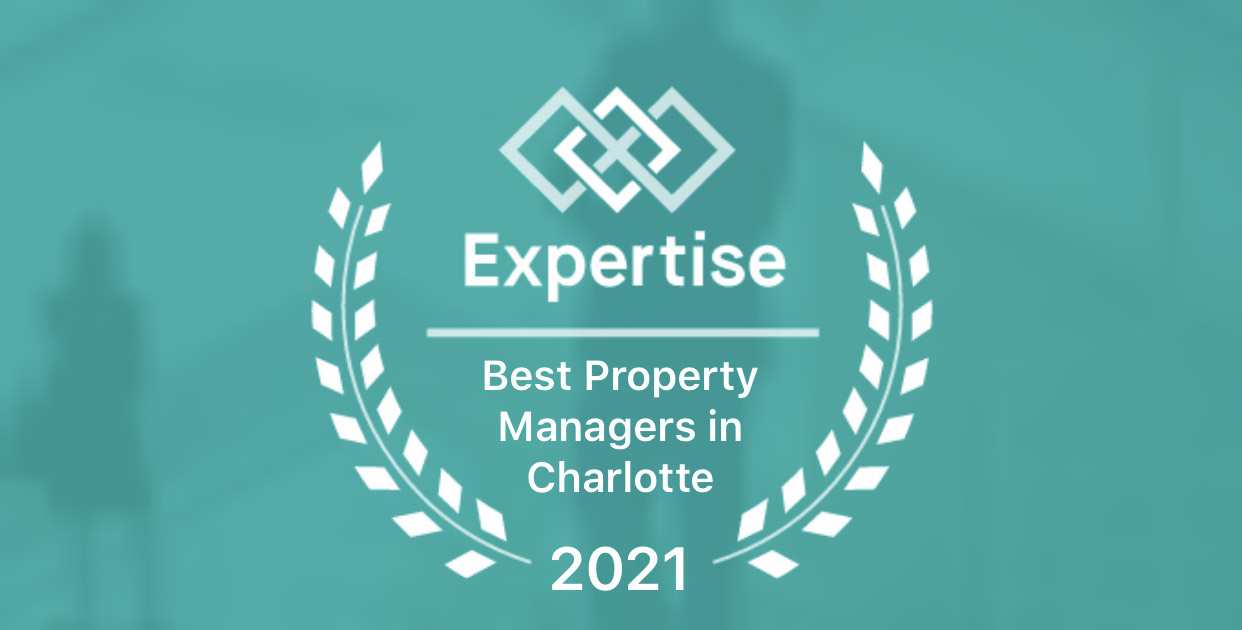We hear it every day, across many industries. Prices are being raised because of the economy. My prices for…EVERYTHING are being raised, therefore the prices I charge for my goods and services must, too, be raised. It is a fact of life and very common in business. Investing in real estate is not just retirement security, or a means to make ends meet. Whether you have 1 or 100 properties, real estate investment is a business. With all of that in mind, raising of rent must be done with great thought and analysis, if at all.
If at all? Yes. Your market may not favor a raising of rent, for current or even prospective tenants. Some investors will raise rent every year, at lease renewal time for their current residents. This accomplishes two things: sets a precedent for the possibility of a rent increase; and, since word-of-mouth is such a powerful tool, that same precedent that is set for current tenants lays the groundwork for prospective tenants to know that rent increases are always a possibility. But, the “annual rent increase” methodology is a matter of degrees. The need for rentals is constant and therefore demand is high. In these situations, you must remain competitive while trying to stay profitable. Just because the demand is high, don’t forget the supply can be also. Make your increases fit with what your local market can handle.
There are 3 things you should remember when considering a raise increase:
- Affordability. Your first consideration should be local housing affordability. This can easily be obtained through a local property management company or Realtor. They can advise of fair market rents in a particular area. Remember, rents can only rise until affordability (what potential renters can/will pay in your area) peaks. Affordability is right when a monthly rent is approximately a third of the median take home pay for a household. Once it raises above this point investors are likely to experience vacancies and/or late rent payments, as affordability has peaked. Another great tool is Rent-o-meter. This is a tool that will tell you what other homes have recently rented for in your area. (*Also this tool is a great asset when buying property to make sure your anticipated rents are in line with the market.)
- Availability. One thing to never forget when investing in real estate, is that what’s happening in one area or market cannot be applied in every area or market. Some larger cities can build and build and build and seem to always have a bottomless pool of potential renters. A good way to gage if your market indicates favorability of rent increase, is to monitor building permit activity. If the market is saturated, maintaining occupancy is more important than raising rent. If you need help with this, consult a Realtor.
- Renter-to-Population Ratio. When an area has a larger ratio of renters, this area can be thought of as a safe haven for investors. In this circumstance, the landlord is holding all the cards. An invaluable source to discern your area’s renter ratio is an interactive map provided by the U.S. Department of Commerce. When you know that there is a surplus of renters, you can decide if a rent increase is feasible or ill-advised.
A few dollars extra rent, given the tips above, can be the cost of living shot in the arm that your real estate venture needs. However, don’t do it arbitrarily and when it’s contraindicated. There’s a saying, “Pigs get fat, and hogs get slaughtered.” Eloquent, right? Simply put, don’t get greedy! Make adjustments to rent, not only according to your cost benefit analysis but also when and if the market can bear it. Whether a little or a lot, an improper increase may prompt tenants, current and future, to compare your rental against all others. If your increase was not dictated by the market, you may lose the comparison and in turn your renter.















